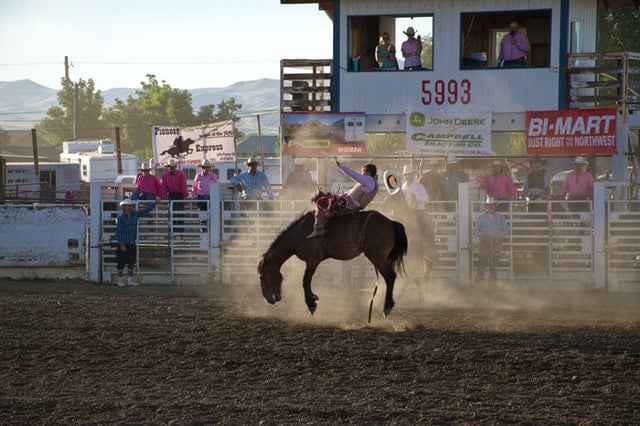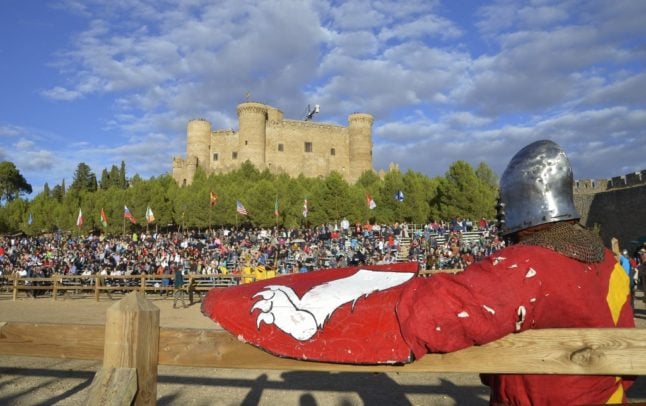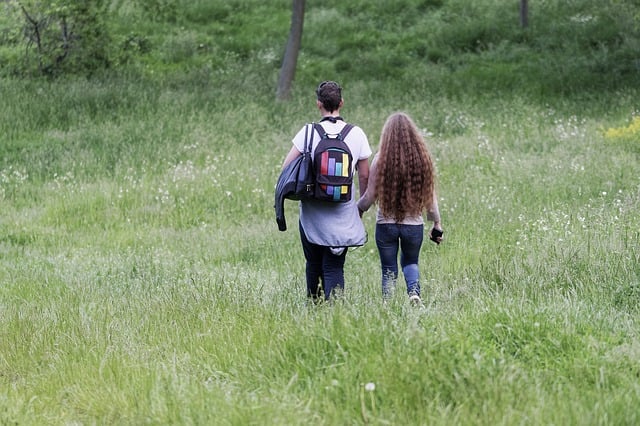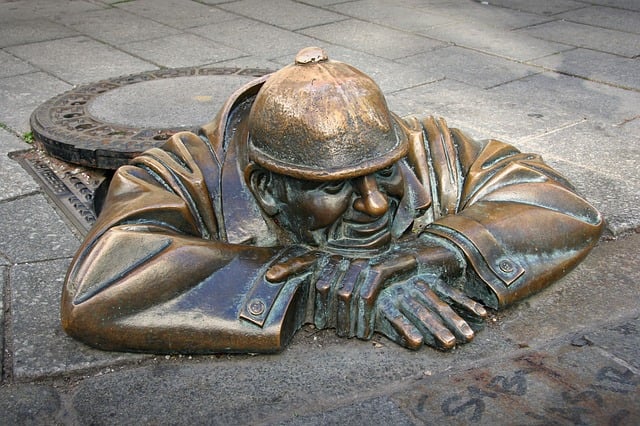TO KICK UP DUST: ECHAR UN POLVO
If you want to get down and dirty with someone, then it could well be time to echar un polvo, or have a good old-fashioned shag as Austin Powers would say. Saddle up folks.

Photo: Andrew Foster/Pexels
TO GO ON THE ICE CREAM CONE DIET: LA DIETA DEL CUCURUCHO
La dieta del cucurucho, as it is called in Spanish, is usually followed by the words comer poco, follar mucho (Eat little, have plenty of sex). Whether eating wafer biscuits while engaging in tantric sex is scientifically proven to help weight loss we don’t know, but this funny rhyming expression is used a lot by Spaniards when joking about an effective way of dieting.

Photo: Steve Buissinne/Pixabay
TO THROW THE JUNK AT SOMEONE: TIRARLE LOS TRASTOS A ALGUIEN
It might sound a tad aggressive but tirar los trastos a alguien actually means to flirt with someone in colloquial Spanish. Where the reference to chucking old furniture at someone you like comes from, we don’t know.

Photo: Noam Galai/Getty Images for WarnerMedia Company/AFP
TO SHOW SOMEONE WHERE CUENCA IS: PONER A ALGUIEN MIRANDO A CUENCA
This quintessentially Spanish expression refers to having sex with someone ‘doggy style’. Some sources say King Philip The Handsome of Spain (1478-1506) had an observatory built for him to look out at cities surrounding Madrid on the horizon. It also doubled up as a love nest where he could keep his affairs hidden away from his wife Juana The Mad. As he escorted one young lady up the tower, he reportedly told guards la voy a poner mirando a Cuenca.
Others disregard this claim and say instead that the mirando a Cuenca expression has its origins in the Spanish city’s Muslim past, and how those praying to Mecca (on their knees) in Madrid would position their bodies to the east, looking towards Cuenca.

Photo: José Jordan/AFP
TO WET THE DOUGHNUT: MOJAR EL CHURRO
Yes, churros: those long, thick doughnut sticks Spaniards and foreigners alike love to dunk in chocolate and put in their mouths. Like most stick-shaped food, churros are euphemistically used to describe a man’s Johnson. ‘Mojar el churro’ means to have sex.

Photo: Sami Keinänen/Flickr
TO TAKE SOMEONE TO THE VEGETABLE GARDEN: LLEVAR A ALGUIEN AL HUERTO
It may sound similar to taking a roll in the hay as the saying goes, but ‘llevar a alguien al huerto’ more specifically means to convince someone to have sex with you.

Photo: Candid Shots/Pixabay
TO MAKE ONESELF A STRAW : HACERSE UNA PAJA
Despite what you might think, hacerse una paja doesn’t have anything to do with building a straw house. Instead this is one of the most common slang expressions for masturbation.

Photo: Vlad Chețan/Pexels
TO RUB THE SPRING ONION: FROTAR LA CEBOLLETA
No brownie points for guessing what the veg is meant to represent. Frotar (or) arrimar la cebolleta is an expression used to describe close physical contact between two people, kind of like dry humping.

Photo: Iakovos Hatzistavrou / AFP
TO CHUCK A HELMET: ECHAR UN CASQUETE
A variant of ‘to kick up dust’, to echar un casquete means something along the lines of having a quickie. Suffice to say it’s not the most romantic expression for sex ever, in Spanish or in any other language.

Photo: István Péter Kis/Pixabay
TO PLAY THE ‘ZAMBOMBA’ DRUM: DARLE A LA ZAMBOMBA
Once you witness someone playing this bizarre friction drum that’s used a lot in local festivals and at Christmas in Spain, it isn’t hard to understand why some people use is as expression for the act of self-pleasuring.
.



 Please whitelist us to continue reading.
Please whitelist us to continue reading.